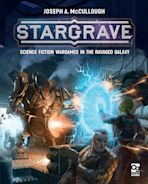
Stargrave and Gaslands are two games that exemplify the category of tabletop war-games that inspire you to craft and make things.
One of the things that has made our return back to the UK more tolerable has been finding a great tabletop games club just outside York in North Yorkshire. This club has allowed me to try out many new games, and the two mentioned above are both highlights.
Getting to see and try out many more games than I am used to, including a couple I had never heard of before, has also allowed me to ease back into some nerdy creativity. In this case, 3d design and 3d printing.
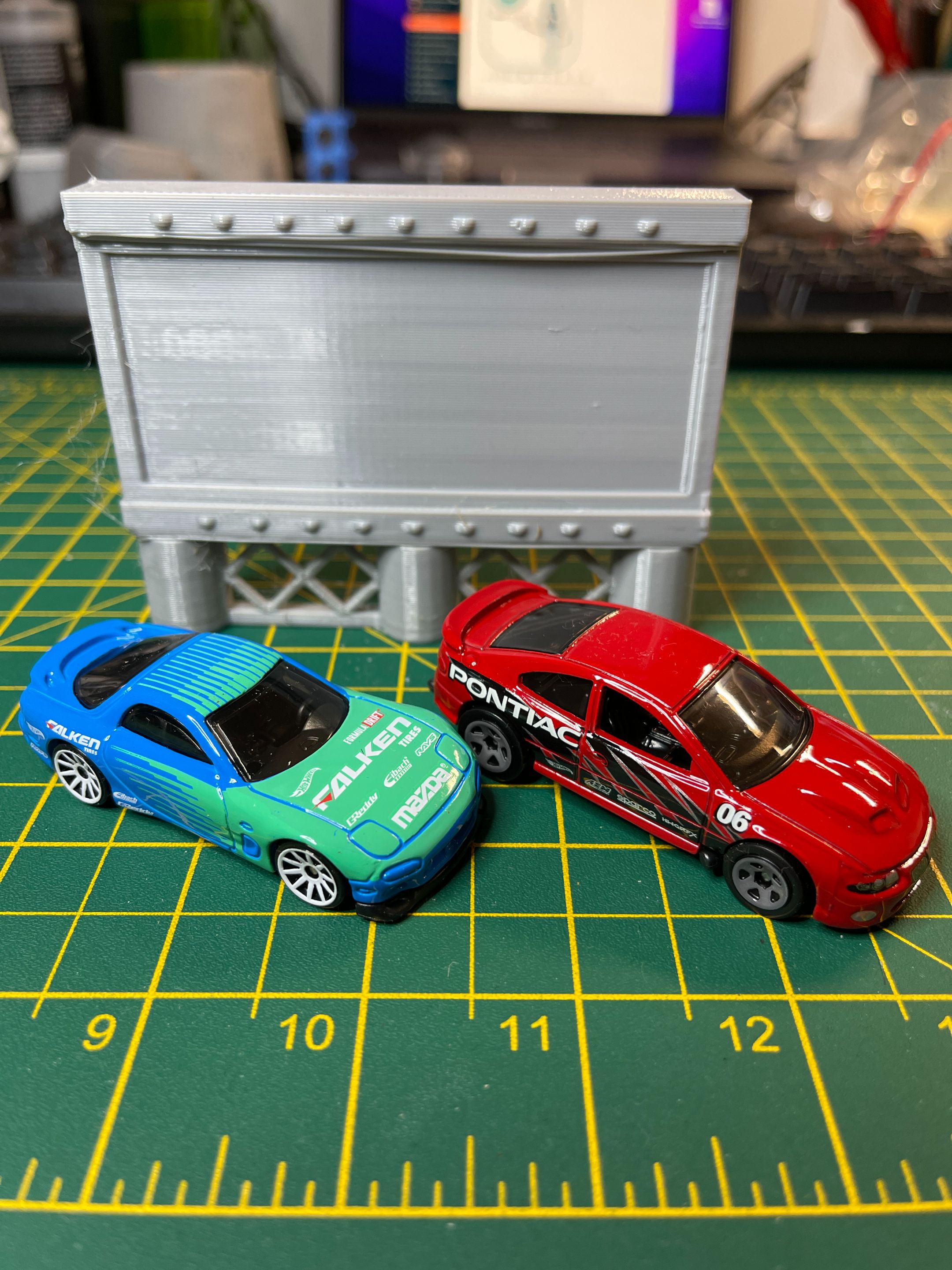
The club admins wanted something to give to participants in a tournament so they sent their idea along with dimensions. They’re going to need 70 of these and currently they are printing around an hour a piece, and about £1 of filament!
I wish I had the Bambu labs 3d printer like my friend Marky, it would halve the print time and allow me to print at a finer layer height. Hopefully I can get all of my printers up and running as a throw-together print farm to get them printed in time.
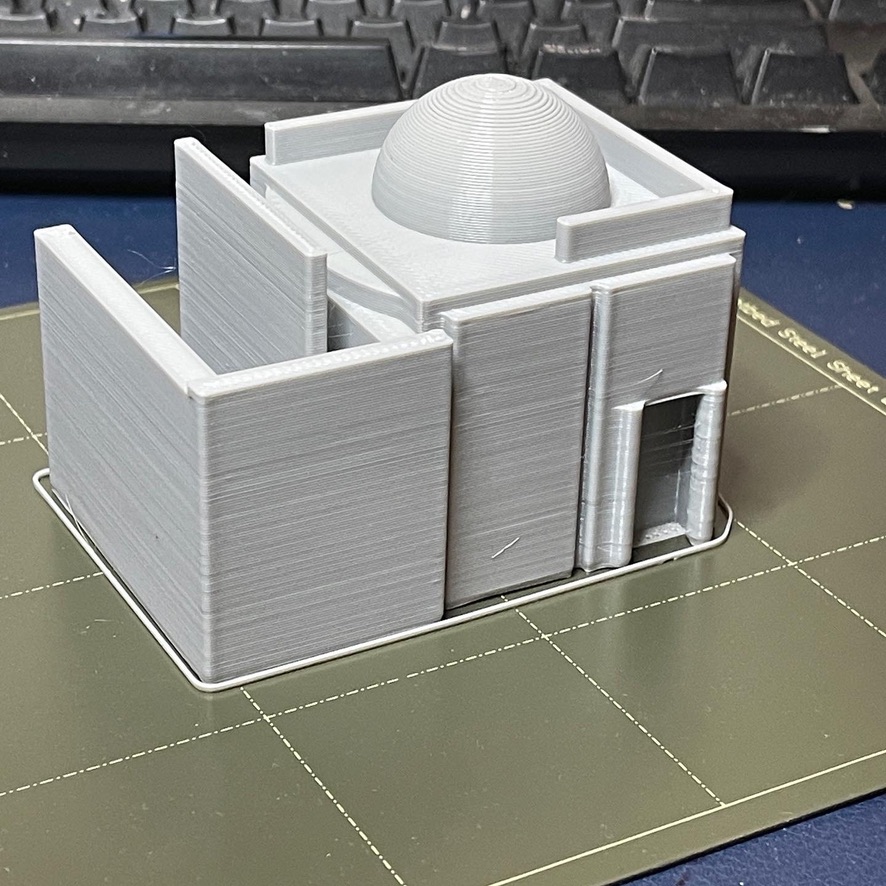
Stargrave Tabletop Skirmish Game
Stargrave is a science fiction tabletop skirmish game by Joseph A. McCullough. While it has a lot familiar with other games of the type, it is less bulky in terms of rules, and is miniature agnostic.
There are offial miniatures, and they are exctremely good value in comparison to some we could mention, you don’t have to use those at all.
As well as the original rules there are several expansions, plus the fantasy original called Frostgrave.
In the fantasy version you gather a warband lead by a wizard, in Stargrave you build a starship crew lead by a captain and a first mate.
My Stargrave Terrain
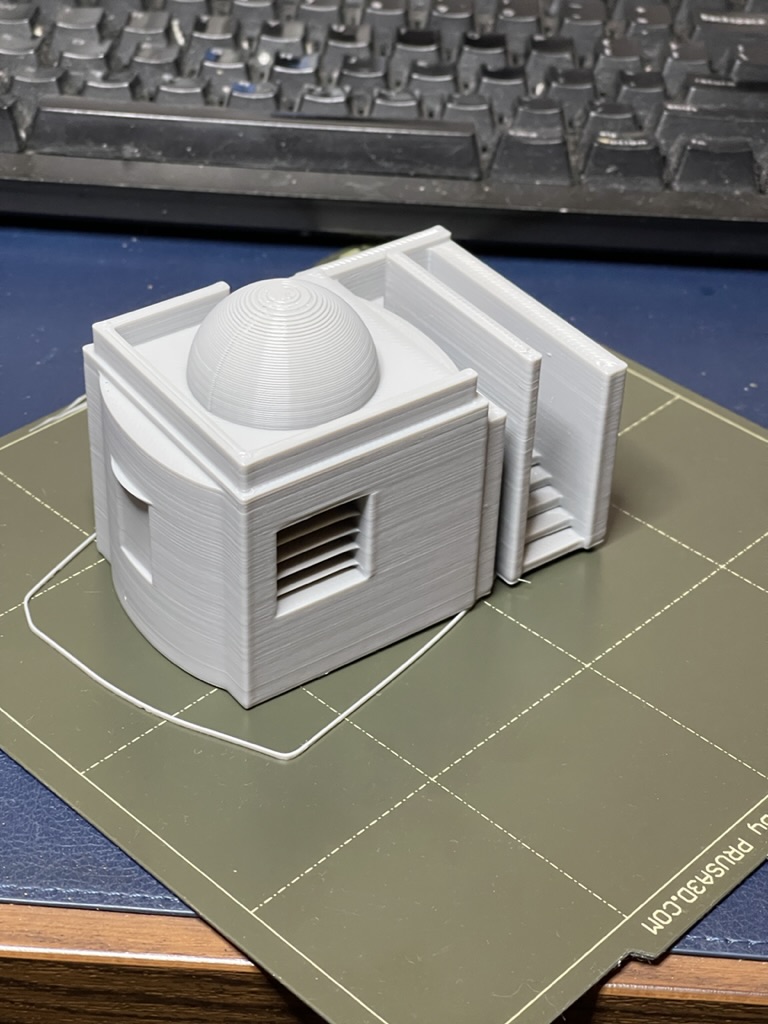
One of the first games of Stargrave folks experience is a scenario involving your crew going into a town for a “Botched Deal”. Very Firefly-esque.
These designs are for habitats for that town. I will need a few more designs to complete the actual table.
These are my tokens or objective markers. In Stargrave you have two types of objective, a data type which you can freely carry and a physical which slows you down.

Before you can grab an objective you also need to unlock it. I figured for the physical objective in that case I would have a box in closed and open forms, and for the open to be ammo and loot.
My test prints were done on my Prusa Mini+ but for the tokens I hope to get my resin printers up and running in our new workshop, though it might be still too cold in there to print well (resin likes 20-25c ambient temperature).
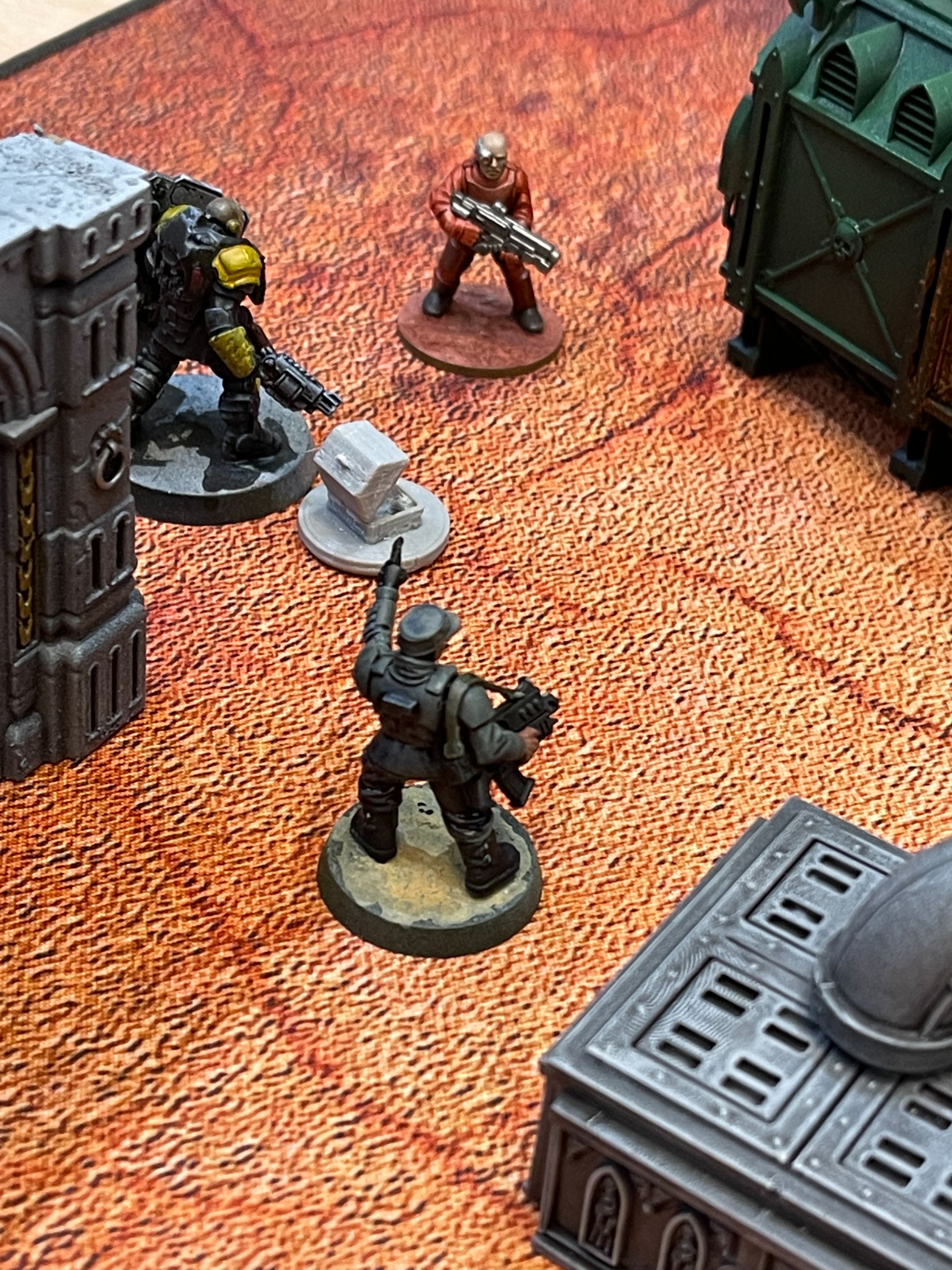
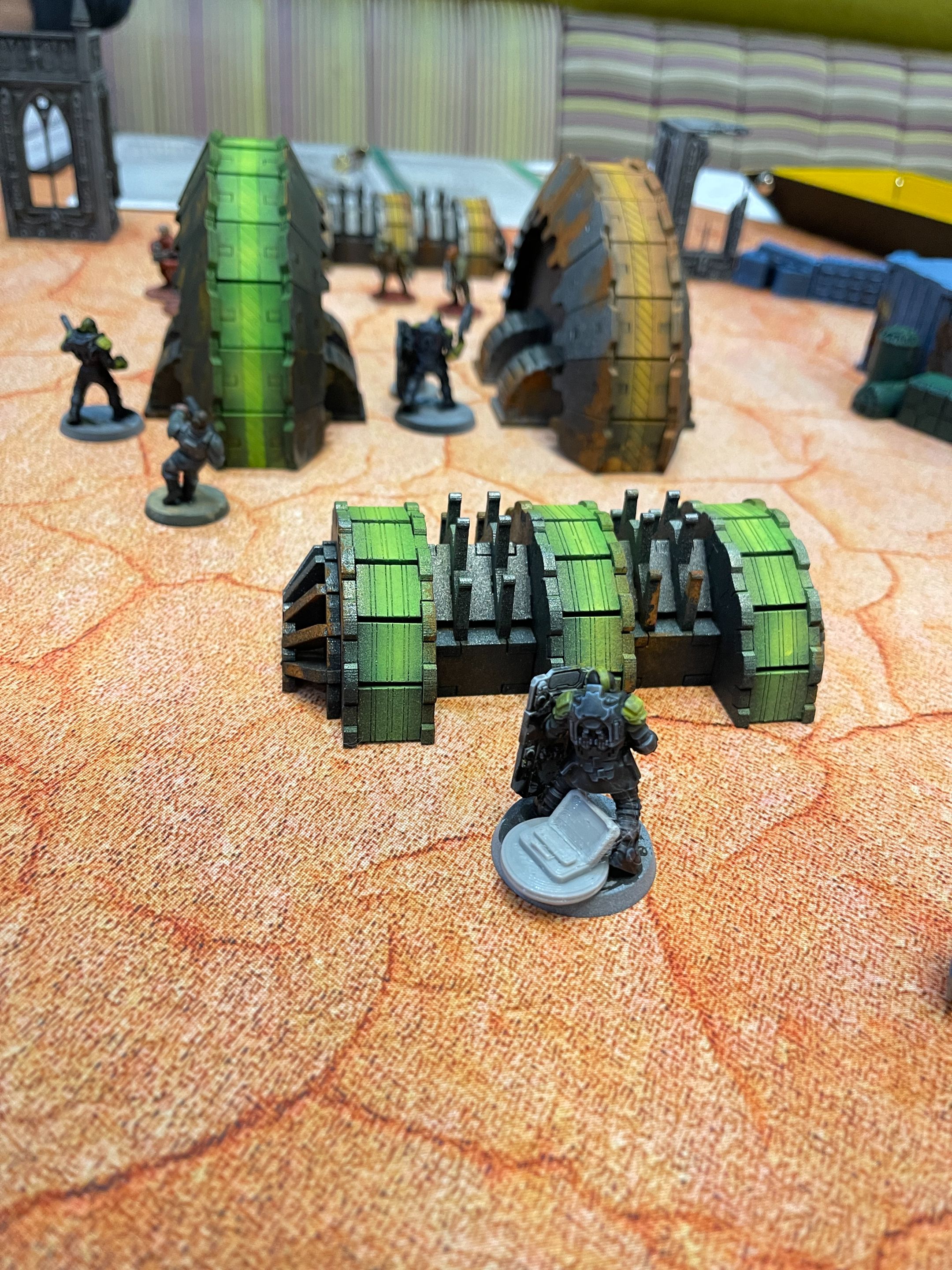
Finally we have two future scenarios.

First we have a data console for a scenario that involves a matrix of computer terminals in a “Data Vault”. I pictured them as kind of chonky servers in a 1970s futurist kind of way, like Star Wars Rogue One almost.
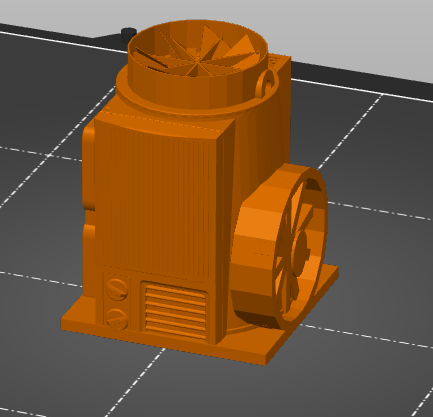
The other scenario is a set of “Steam Vents”. The vents randomly vent off steam based on dice rolls to add a random danger element. Figuring we wouldn’t likely need these again I quickly knocked up something and printed in draft. Most people have been using red solo cups for their terrain so I figure at least it is a step up from that!
I’m really enjoying these “miniature agnostic games” because they allow us to use our own imaginations instead of being dictated by a mega company with almost paint-by-numbers.
That said, I am using Warhammer 40k and Necromunda miniatures for my crew currently!
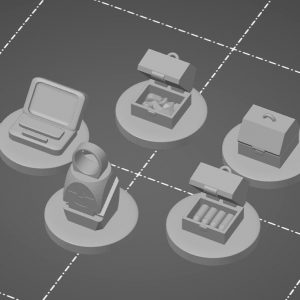
 Easy, Animated Arduino LED Lighting for Your Tabletop Terrain
Easy, Animated Arduino LED Lighting for Your Tabletop Terrain